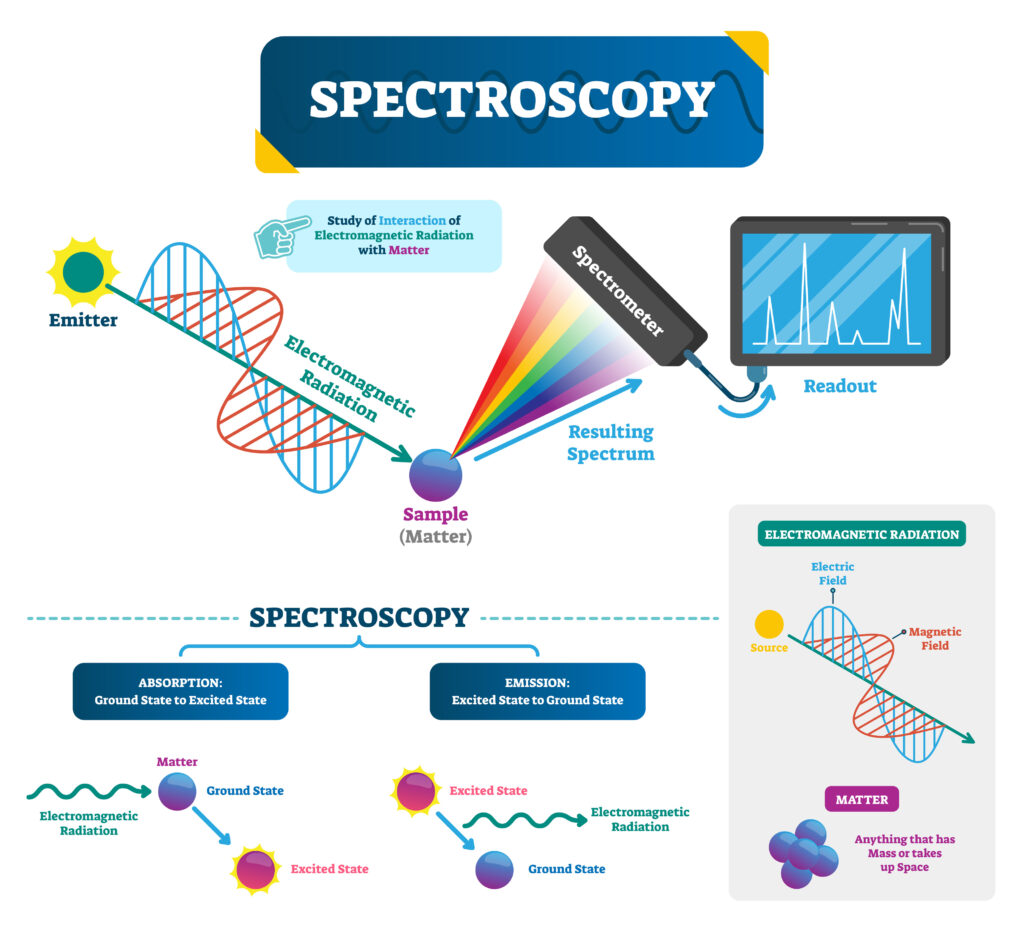Raman spectrophotometry is a very useful analytical technique in the study of the quality of fertilizers in production, because it allows for a quick and accurate determination of the chemical composition and structure of the molecules in the sample.
One of the most important applications of our technology in the study of fertilizer quality is the identification of chemical substances, such as compounds of nitrogen, phosphorus, potassium, and other elements that affect the composition and quality of the fertilizer. Raman spectroscopy allows to the determination of the characteristic spectral lines of these substances, which enables the identification of substances in the sample.





